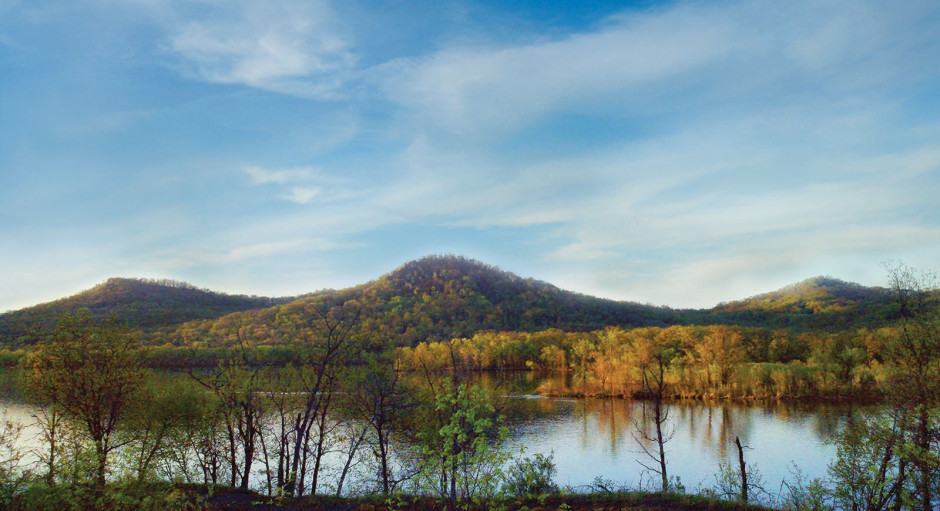November 7, 2019. In the photo here your first thought is…not much. That’s because, to our civilized eyes, there is nothing interesting to see. The horizon line dominates the scene, not a building, road or cell tower to interrupt it. There is sky, there is a green blanket below, and the horizon like a razor’s slice to separate them.

The green world of the Red Lake Peatlands in northern Minnesota are all nature, all the time. Drone photo Jason Husveth, Critical Connections, Inc. (July 13, 2019).
Very soon, though, you spot the three figures, an afterthought in this scene, like spots of paint dripped on a vast canvas, so out of place and, you imagine, making slow progress. You’d be right about that. In these water-soaked peatlands, with spongy sphagnum beds and knee-high leatherleaf thickets, you’d be lucky to make one mile an hour.
Ten thousand years ago, at the dawn of agriculture and urban living—a blink in the long view of human evolution and the life of the planet—this would have been the normal situation across the globe—small groups of people barely discernible in an ocean of verdure. In the ten millennia since, that situation is now reversed—signs of people are nearly everywhere, either overtly in the planetary lacework of roads, pipelines and power lines that connect our cities and towns, or less directly in the signs of harvest, and use of forests and mines, and in the hiss of jets high above the Sahara, icy mountaintops, or oceans. The “nowhere” that once existed everywhere is now fully enclosed by people.
Into this now comes an idea from E.O. Wilson, preeminent conservationist and scientist, who has written a book, Half Earth, proposing an idea grounded in research from the fields of population biology (the study of how species perpetuate their numbers), landscape ecology (the study of how the Earth’s non-human species perpetuate themselves), and conservation biology (the study of how economic and cultural systems interact with the natural world). In essence, the idea is to allow half the earth’s surface and waters to operate without much human interference, so as to stabilize the biosphere, the living skin of the planet. Why? Because, as much as we seem to prefer to forget this fact, that thin layer between the rock core of our planet and airless immensity of outer space supports human life and all the arts, sciences, cultural traditions, and, yes, all our families, too. – Kim
(For a short interview with Dr. Wilson, see https://www.youtube.com/watch?v=Zq3w7cldgMU&feature=youtu.be.)
